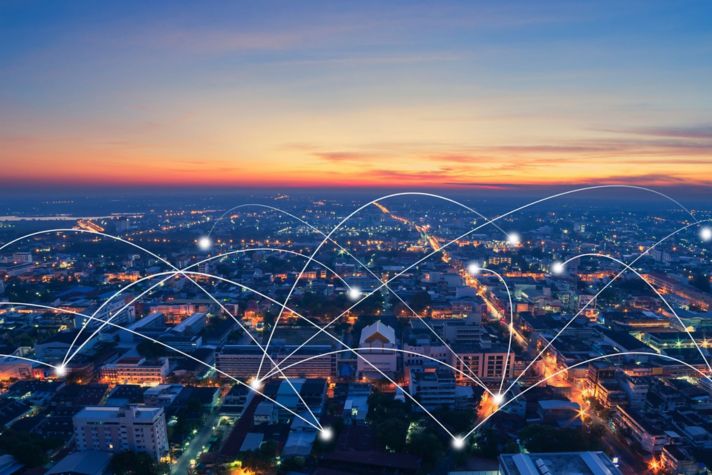-
Global
-
Africa
-
Asia Pacific
-
Europe
-
Latin America
-
Middle East
-
North America
- |
- BUSINESSES
- |
- Contact
- |
-
Global
-
Africa
-
Asia Pacific
-
Europe
-
Latin America
-
Middle East
-
North America
- |
- BUSINESSES
- |
- Contact
- |
You are browsing the product catalog for
You are viewing the overview and resources for
- News
- A Day in the Life in a Smart Office
From the moment you park your car to your last meeting of the day, if you’re going into the office, you want a building experience that’s user-friendly, comfortable and seamless.
People who spend their workdays in commercial buildings are also concerned about their buildings’ environmental impact. In Honeywell’s 2023 Healthy Buildings Survey, two in five respondents said their organization should address both improving indoor air quality and reducing the building’s carbon emissions.
With innovations in software, sensors and Internet of Things (IoT)-based technology, building owners can take steps to help modernize their structures and improve energy efficiency. Here are some of the ways you may interact with these upgrades on a typical day.
Morning Arrival:
You arrive at your office building’s parking garage where you can connect your electric vehicle (EV) to the charging station. Behind the scenes, technology can help reduce energy demand in the building and manage the EV charging load.
You remember you have a client visiting your building. You use your organization’s visitor management software to register them as a guest so they can more safely and efficiently enter the building – no clipboards or sign-in sheets needed.
Workday:
You grab a cup of coffee or hot tea and plug your phone charger into the outlet by your workspace, which has a computer monitor and keyboard setup connected to the power outlet.
Devices such as coffee makers, computer monitors and other devices that are plugged into outlets at the office can consume a lot of building energy, even if they are powered off. The U.S. General Services Administration estimates that the electrical load of plug-in devices – or plug loads for short – can account for 25 to 50% of total energy consumption in commercial office buildings. With IoT technology, building owners can get a better look at plug-in devices that are using the most power throughout the day and take steps to manage that energy load.
Lunch Break:
You head to one of the building’s gathering areas to enjoy your lunch with colleagues.
In the background, sensors and software are at work to help create a healthier, more comfortable indoor air environment, as well as detecting the number of occupants in the space to automatically adjust temperature as needed.
Evening Wind-Down:
As the day winds down and you head home, the computer monitors and other devices at your workstation remain plugged in to the power outlet and therefore, use energy.
With IoT upgrades, building owners can remotely manage outlets to make sure the right devices don’t use energy when not in use, implement schedules and alarms, and get notified in the event of elevated temperatures of a specific plugged-in device.
Copyright © 2025 Honeywell International Inc.





